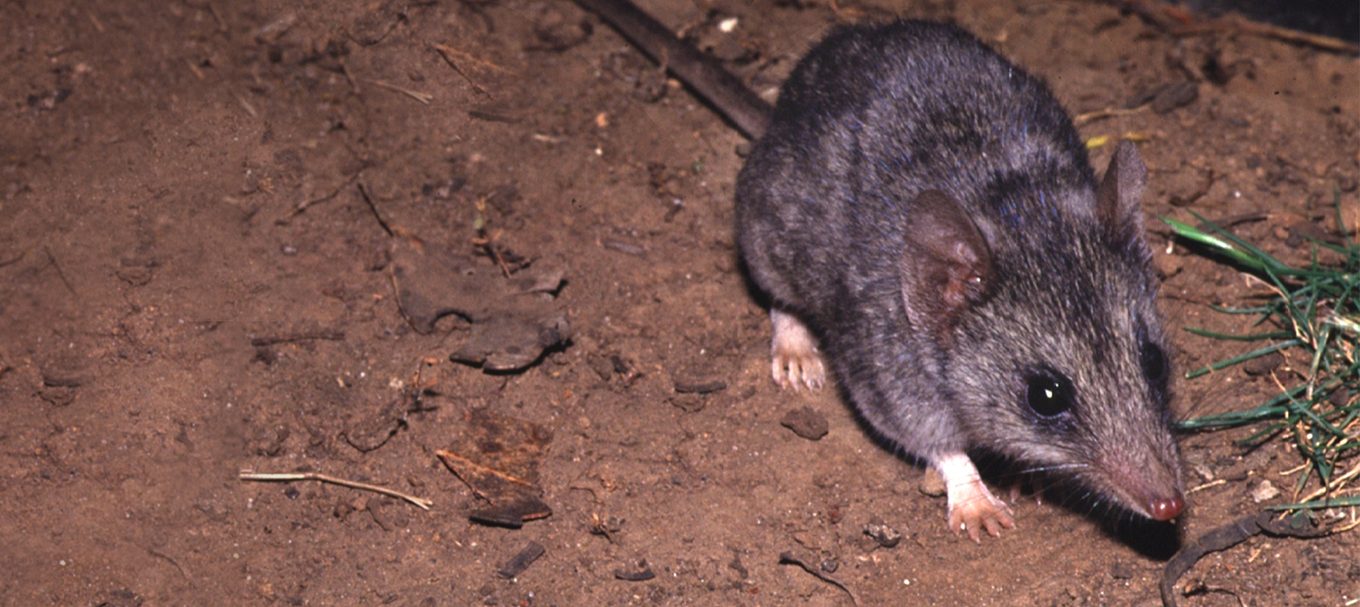
Why ecosystem restoration is so important for threatened species
Many species of plants and animals world-wide are under threat, but you can help. Find out how.
World Wildlife Day is being celebrated in today under the theme ‘Partnerships for wildlife conservation’.
The 2023 theme focuses on honouring people who are making a difference and celebrating the best and most effective conservation work happening at a global or local level.
Worldwide, more than 8,400 species of wild fauna and flora are critically endangered and close to 30,000 more are understood to be endangered or vulnerable.
The United Nations suggests that more than a million species are threatened with extinction.
In 2023, World Wildlife Day will drive the discussion about reversing the fate of the most critically endangered species, to support the restoration of their habitats and ecosystems and to promote their sustainable use by humanity.
What’s the situation closer to home?
In Australia, more than 1,700 species and ecological communities are known to be threatened with extinction due of a range of threats, including:
- habitat loss, degradation and fragmentation
- invasive species
- unsustainable use and management of natural resources
- changes to the aquatic environment and water flows
- changing fire regimes
- climate change.
There are currently more than 90 South Australian animal species and more than 100 plant species listed as nationally threatened under the Environment Protection and Biodiversity Conservation Act 1999.
At a state level, there are 324 animal species and 828 plant species listed as threatened under the National Parks and Wildlife Act 1972.
The figures above include 41 plant, 24 mammal and 8 bird species that have become extinct in South Australia since European colonisation.
While individual species being under threat is concerning, nature often has unique intertwined relationships between plants and animals, with one species dependant on another for food, pollination and spreading seeds. So when one element is reduced or lost, it can lead to a partial or entire ecosystems becoming threatened.
Many of South Australia's ecological communities are considered to be threatened or of conservation concern, because their future survival is at risk from being extensively cleared and fragmented, or they are naturally restricted in distribution.
What’s being done to help?
A range of actions are underway to support our threatened species and wildlife in South Australia, from bushfire recovery on Kangaroo Island and the Adelaide Hills and restoration of habitat, to removing pests and weeds and reintroducing them to parts of the former range through projects such as Bounceback, Back From the Brink and the Mallee Woodland Birds project.
Wildlife isn’t just animals, with work by the Botanic Gardens and State Herbarium’ South Australian Seed Conservation Centre to protect our unique plants having banked the seed of 82% of South Australia’s threatened species.
The Seed Conservation Centre is working with schools and others across the state to save threatened South Australian plant species from extinction.
Want a visit from native bees, birds, beneficial insects or even bandicoots? Here’s how to attract them.
This story was originally posted in March 2022.





